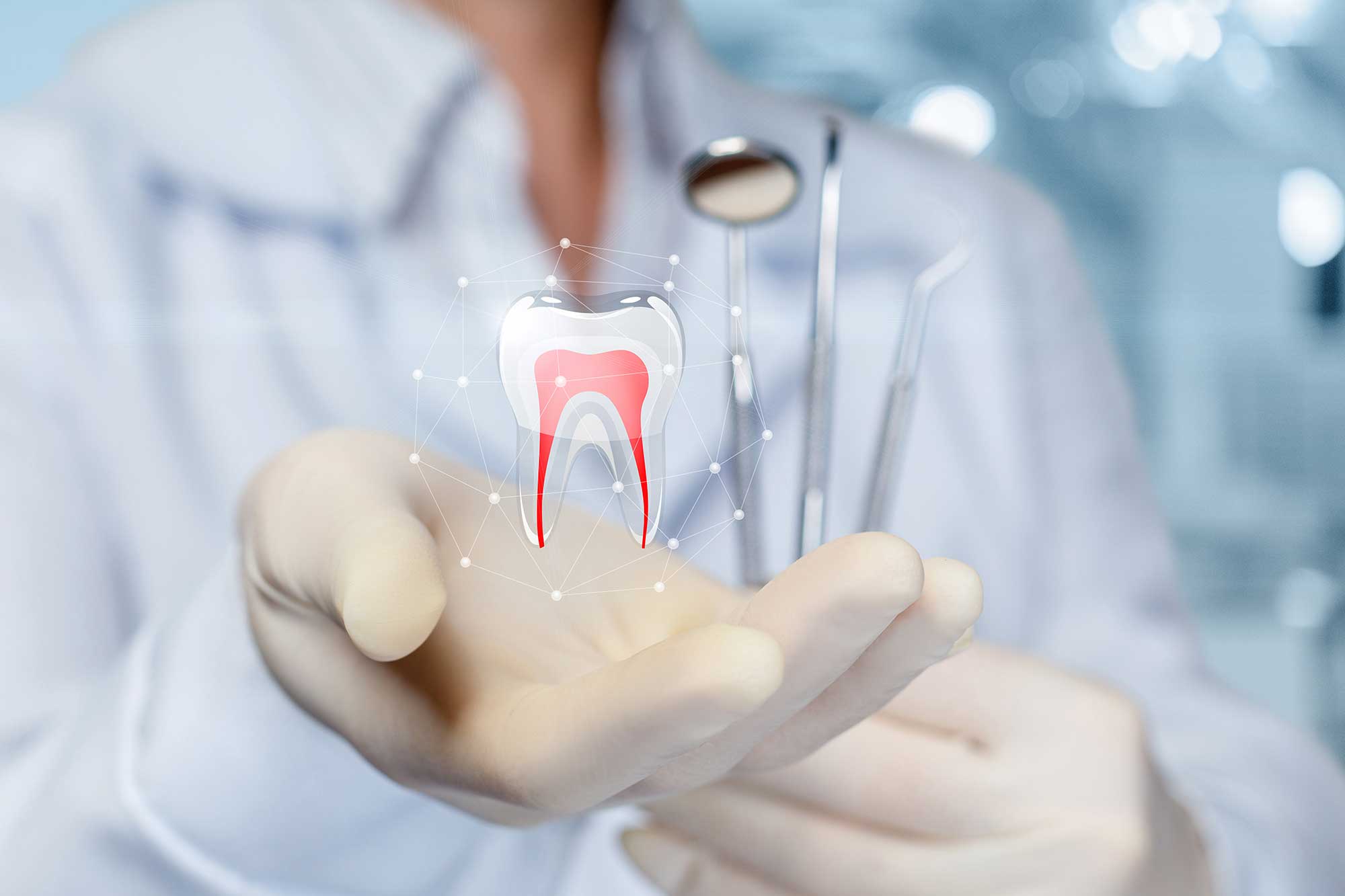Crowns and Bridges
Dental Crowns and Bridges are custom-fitted tooth prosthetics that are used to replace or restore damaged or missing teeth
Crowns and Bridges
Dental Crowns and Bridges are custom-fitted tooth prosthetics that are used to replace or restore damaged or missing teeth
Over the past decade, state-of-the-art processes have revolutionised the way in which dentists design and fabricate dental prosthesis. The Dental Centre is very proud to embrace this new dental prosthesis manufacturing technology; but what exactly is it and how does it work?
How Do Dental Crown/Bridges and Veneers Work?
If you’ve ever had a prosthetic tooth fitted without the full digital dental experience, you’ll know just how much of a time consuming and messy business it can be. First, the dentist has to take a physical impression of your smile, which is done using trays filled with putty-like material. From this, a dental lab then crafts your new crowns, veneers or dental bridge. Permanent prosthetics may take 3 or more weeks to fabricate using this approach, so it isn’t a quick process.
Alternatively, using digital dental impression technology, messy putty is replaced by our intraoral digital dental impression scanner which, as the name suggests, scans the teeth, creating a 3D virtual image. From this, crowns, veneers, bridges, inlays or onlays can be milled and fabricated.
The Process
Preparing The Tooth Surface
The first step is to remove any dental decay from in and around the tooth. Once this has been done the remainder of the tooth is shaped in order to fit the new restoration. This is exactly the same process as with the traditional method, so nothing has changed so far.
The Scanning Process
Next (and this is where digital dental impression taking comes in), our digital intraoral impression scanner is gently placed into the open mouth and your teeth are scanned – just as you would a bar-code. From this, the scanner is able to create a highly accurate virtual 3D model on a visible screen in real time. This enables us to simultaneously examine both your mouth and your bite. Once we’re happy with the design, then the images are electronically sent over to our on-site lab for immediate design and fabrication.
“
My experience from the dental centre has been an excellent one for myself and my daughter Hannah.
Very friendly staff from the receptionist jess as we enter and re book our appointments.
Our lovely dentist tessa and her assistants from the start made us feel very reassured and sorted problems out straight away
My daughters new crown looks amazing and she is very happy.
I had a new bridge and anterior restoration of my from teeth which look fabulous.
It’s so nice to at last find a reliable dentist that we can feel comfortable with
Kind regards Eileen
Eileen Andrew
“
The Fit
Finally, once your restoration has been milled, all that’s left is to de-bur and polish up your crown, bridge or dental veneer, before we fit it.
So how do digital impressions really benefit you?
Say goodbye to messy impressions – Finally, you can say farewell to the messy, putty-like substance previously needed for creating impressions. Our patients have told us in the past that this was the part that they really didn’t like when getting dental restorations. No more gagging or miscalculation – Using digital impressions for prosthodontics allows us to see right away whether or not we’ve prepared the tooth adequately for restoration. This, in turn, makes for a better patient experience (no gagging and no need for expensive retakes) as the images ensure that restorations are created easily and quickly.
Call us on 01243 533011 today to see how the latest 21st-century technology can restore your smile. Alternatively click below to book.
Frequently Asked Questions About Crowns and Bridges
How do crowns work?
A crown is used to entirely cover or “cap” a damaged tooth. Besides strengthening a damaged tooth, a crown can be used to improve its appearance, shape or alignment. A crown can also be placed on top of an implant to provide a tooth-like shape and structure for function. Porcelain or ceramic crowns can be matched to the colour of your natural teeth. Other materials include gold and metal alloys, acrylic and ceramic. These alloys are generally stronger than porcelain and may be recommended for back teeth. Porcelain bonded to a metal shell is often used because it is both strong and attractive.
Your dentist may recommend a crown to: Replace a large filling when there isn’t enough tooth remaining, protect a weak tooth from fracturing, restore a fractured tooth, attach a bridge, cover a dental implant, cover a discoloured or poorly shaped tooth or cover a tooth that has had root canal treatment.
How are crowns and bridges made?
Before either a crown or a bridge can be made, the tooth (or teeth) must be reduced in size so that the crown or bridge will fit over it properly. After reducing the tooth/teeth, your dentist will take an impression or a scan to provide an exact mould for the crown or bridge. If porcelain is to be used, your dentist will determine the correct shade for the crown or bridge to match the colour of your existing teeth.
Using this impression or scan, a dental lab then makes your crown or bridge, in the material your dentist specifies. A temporary crown or bridge will be put in place to cover the prepared tooth while the permanent crown or bridge is being made. When the permanent crown or bridge is ready, the temporary crown or bridge is removed, and the new crown or bridge is cemented over your prepared tooth or teeth.
Will my crown change colour?
How do bridges work?
A bridge may be recommended if you’re missing one or more teeth. Gaps left by missing teeth eventually cause the remaining teeth to rotate or shift into the empty spaces, resulting in a bad bite. The imbalance caused by missing teeth can also lead to gum disease and temporomandibular joint (TMJ) disorders.
Bridges are commonly used to replace one or more missing teeth. They span the space where the teeth are missing. Bridges are cemented to the natural teeth or implants surrounding the empty space. These teeth, called abutments, serve as anchors for the bridge. A replacement tooth, called a pontic, is attached to the crowns that cover the abutments. As with crowns, you have a choice of materials for bridges. Your dentist can help you decide which to use, based on the location of the missing tooth (or teeth), its function, aesthetic considerations and cost. Porcelain or ceramic bridges can be matched to the colour of your natural teeth.
How long do crowns and bridges last?
While crowns and bridges can last a lifetime, they do sometimes become loose or fall out. The most important step you can take to ensure the longevity of your crown or bridge is to practice good oral hygiene. A bridge can lose its support if the teeth or bone holding it in place are damaged by dental disease. Keep your gums and teeth healthy by Brushing with fluoride toothpaste twice a day and flossing daily. Also see your dentist and hygienist regularly for check ups and professional cleanings.
To prevent damage to your new crown or bridge, avoid chewing hard foods, ice or other hard objects.


